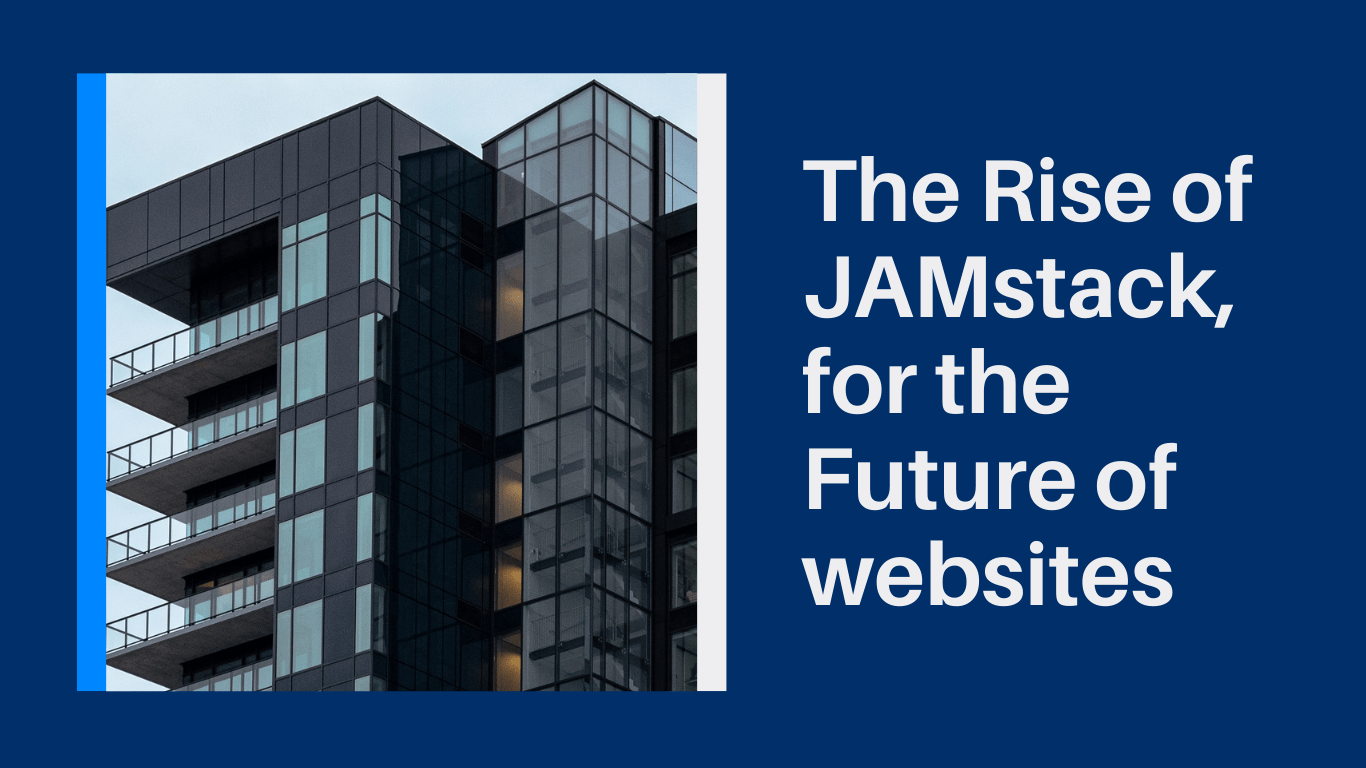The Rise of JAMstack: What It Means for the Future of Websites

The Rise of JAMstack: What It Means for the Future of Websites
In recent years, the JAMstack architecture has gained significant traction among developers, businesses, and tech enthusiasts, revolutionizing the way websites are built and delivered. JAMstack, an acronym for JavaScript, APIs, and Markup, represents a modern web development approach emphasizing performance, scalability, and simplicity. Here’s an overview of what JAMstack is and its implications for the future of websites.
What Is JAMstack?
JAMstack isn’t a specific technology but an architecture designed to optimize web development.
- JavaScript: Dynamic functionalities are handled on the client side with reusable, modular JavaScript frameworks or libraries.
- APIs: Backend operations are abstracted into reusable APIs, making it easy to integrate various functionalities without monolithic server-side dependencies.
- Markup: Websites are pre-rendered with HTML and often coupled with static site generators (SSGs) like Gatsby, Next.js, or Hugo.
This architecture decouples the frontend and backend, enabling faster and more secure deployments.
Key Features Driving JAMstack Adoption
- Performance
Pre-rendering content and delivering it via Content Delivery Networks (CDNs) ensures faster load times compared to traditional server-rendered websites. - Scalability
JAMstack sites can handle surges in traffic effortlessly because CDNs distribute requests across a global network. - Security
By offloading server-side functionalities to APIs, attack vectors like direct database access and server-side vulnerabilities are minimized. - Developer Experience
The decoupled architecture enables developers to use modern tools, frameworks, and workflows, speeding up development and improving maintainability. - Cost Efficiency
Static files served over CDNs reduce hosting and operational costs while offering premium performance.
Implications for the Future of Websites
- Shift to Headless CMS
Traditional CMS platforms like WordPress are adapting to headless configurations, offering content management as a service while allowing JAMstack frontends to consume their data. - API Economy Expansion
The rise of third-party APIs—whether for payments, authentication, or analytics—allows developers to focus on core business logic rather than reinventing the wheel. - Greater Accessibility
JAMstack sites provide better accessibility and SEO performance due to their pre-rendered nature, which search engines and assistive technologies favor. - Empowerment of Small Businesses
With lower hosting costs and simpler deployment processes, JAMstack is an appealing option for startups and small businesses to establish a high-performing online presence. - Push Towards Sustainable Web Design
Pre-rendered static sites consume fewer server resources, aligning with the broader goal of reducing the environmental impact of web technologies.
Challenges and Considerations
- Dynamic Content: While JAMstack excels at serving static content, implementing highly interactive or real-time features can add complexity.
- Learning Curve: Developers transitioning from traditional architectures may need to learn new tools and workflows.
- API Reliability: Over-reliance on third-party APIs can introduce points of failure if those services experience downtime.
Conclusion
The rise of JAMstack signals a paradigm shift in web development, offering a powerful alternative to traditional monolithic architectures. Its emphasis on speed, security, and simplicity positions it as a cornerstone for the future of websites. While not without challenges, the JAMstack approach empowers developers and businesses to deliver robust, scalable, and user-centric digital experiences.
As web technologies continue to evolve, JAMstack’s influence is likely to grow, shaping how we build and interact with websites for years to come.